Growing Awareness of Health and Hygiene
The Airfield Cleaning Equipment Market is also being propelled by a growing awareness of health and hygiene standards. Airports are increasingly prioritizing cleanliness to ensure passenger safety and comfort. This heightened focus on hygiene has led to the adoption of specialized cleaning equipment designed to effectively eliminate contaminants and pathogens. As a result, airfield operators are investing in advanced cleaning technologies that can provide thorough sanitation. Market analysis suggests that the demand for such equipment will continue to rise, with an estimated growth rate of 5.5% over the next few years, reflecting the industry's response to evolving health concerns.
Environmental Sustainability Initiatives
The Airfield Cleaning Equipment Market is witnessing a shift towards environmentally sustainable practices. As airfields aim to reduce their carbon footprint, there is an increasing demand for cleaning equipment that utilizes biodegradable materials and energy-efficient technologies. This trend is further supported by governmental policies promoting sustainability in aviation. For instance, the adoption of electric-powered cleaning machines is on the rise, as they produce zero emissions and lower noise pollution. The market for such eco-friendly cleaning solutions is expected to expand, with projections indicating a growth rate of around 6% annually, reflecting the industry's commitment to sustainability.
Regulatory Compliance and Safety Standards
The Airfield Cleaning Equipment Market is significantly influenced by stringent regulatory compliance and safety standards. Authorities are increasingly mandating that airfields maintain high cleanliness levels to ensure safety and operational efficiency. This has led to a rise in demand for specialized cleaning equipment that meets these regulations. For example, the Federal Aviation Administration (FAA) has established guidelines that necessitate regular cleaning of runways and taxiways to prevent foreign object debris (FOD) incidents. Consequently, manufacturers are focusing on developing equipment that not only complies with these regulations but also enhances safety measures, thereby driving market growth.
Increased Air Traffic and Airport Expansion
The Airfield Cleaning Equipment Market is poised for growth due to the rising air traffic and ongoing airport expansion projects. As more airports are constructed or upgraded to accommodate increasing passenger numbers, the demand for effective cleaning solutions becomes paramount. This expansion necessitates the procurement of advanced cleaning equipment to maintain operational standards and ensure safety. According to industry reports, the number of commercial flights is expected to increase by 4% annually, which directly correlates with the need for enhanced cleaning capabilities at airfields. This trend is likely to drive investments in the airfield cleaning equipment sector.
Technological Innovations in Airfield Cleaning Equipment
The Airfield Cleaning Equipment Market is experiencing a surge in technological innovations that enhance operational efficiency. Advanced cleaning technologies, such as automated sweepers and eco-friendly cleaning agents, are being integrated into airfield maintenance practices. These innovations not only improve cleaning effectiveness but also reduce labor costs and time. For instance, the introduction of smart sensors in cleaning equipment allows for real-time monitoring and data collection, optimizing cleaning schedules based on actual usage patterns. As a result, the market is projected to grow at a compound annual growth rate of approximately 5.2% over the next five years, driven by the demand for more efficient and technologically advanced cleaning solutions.



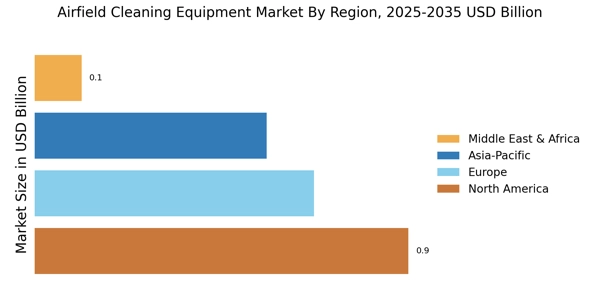
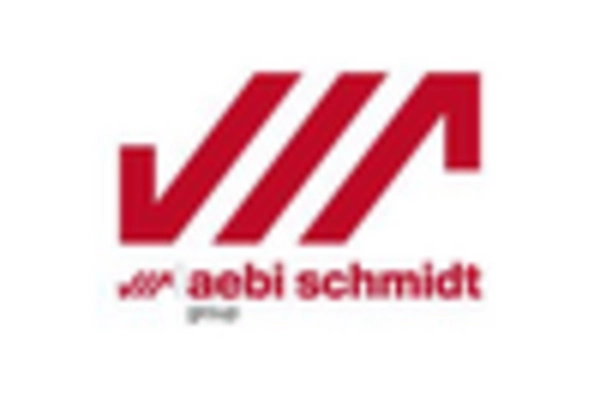
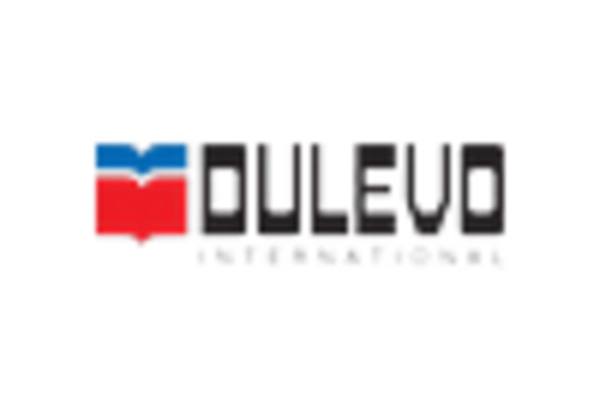
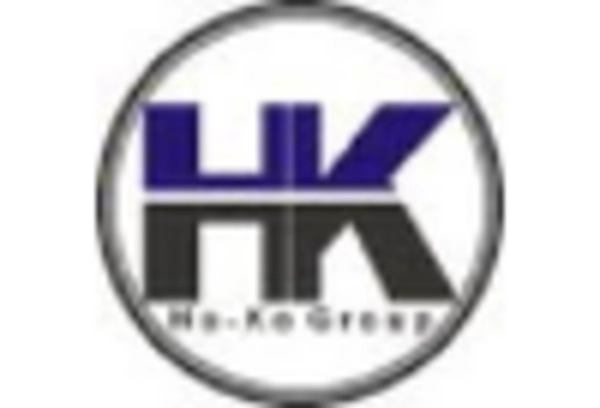
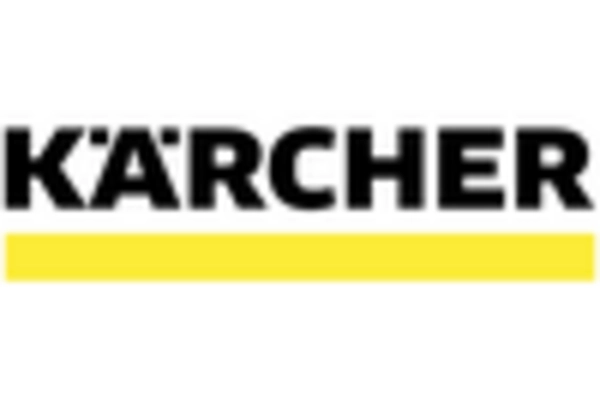
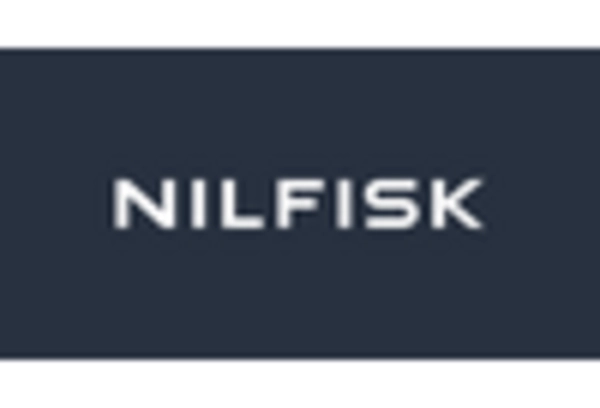
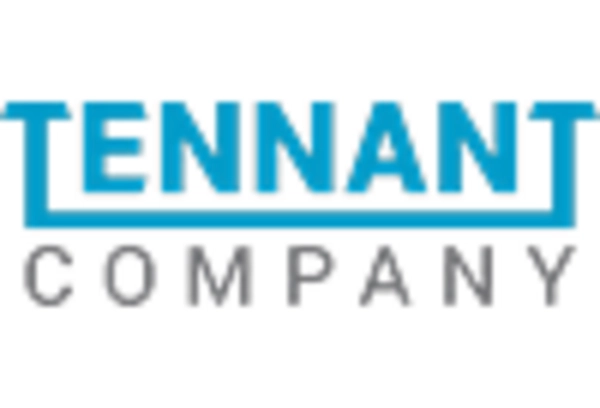








Leave a Comment